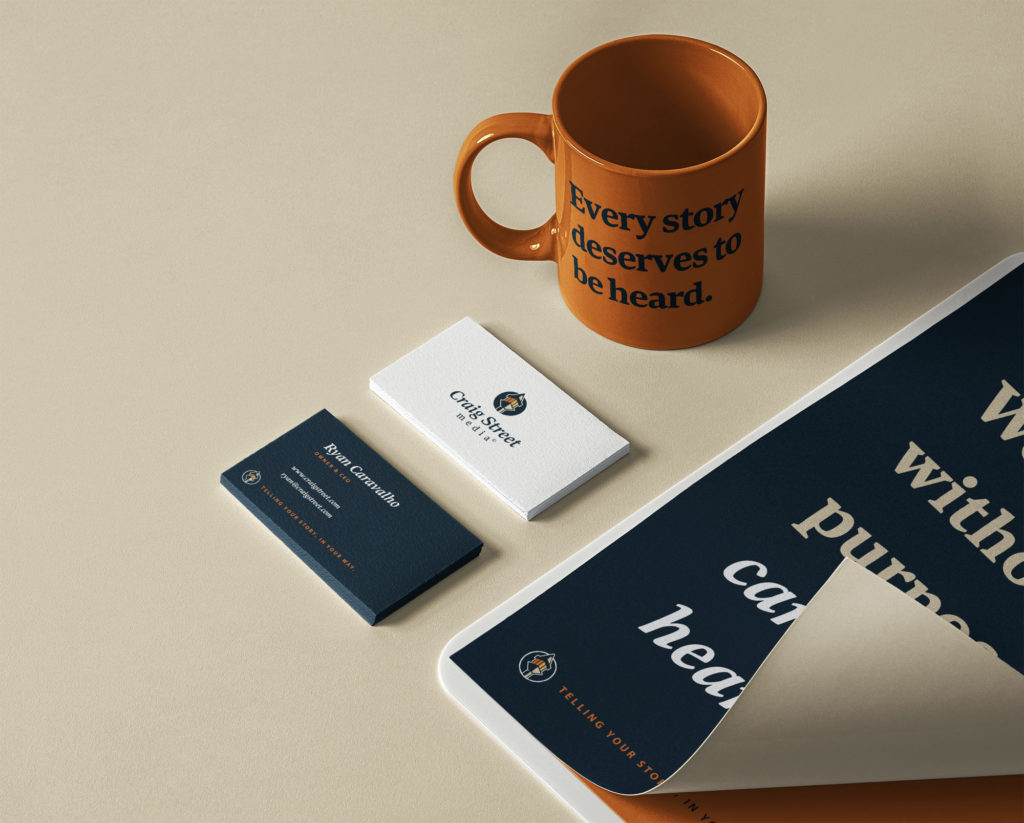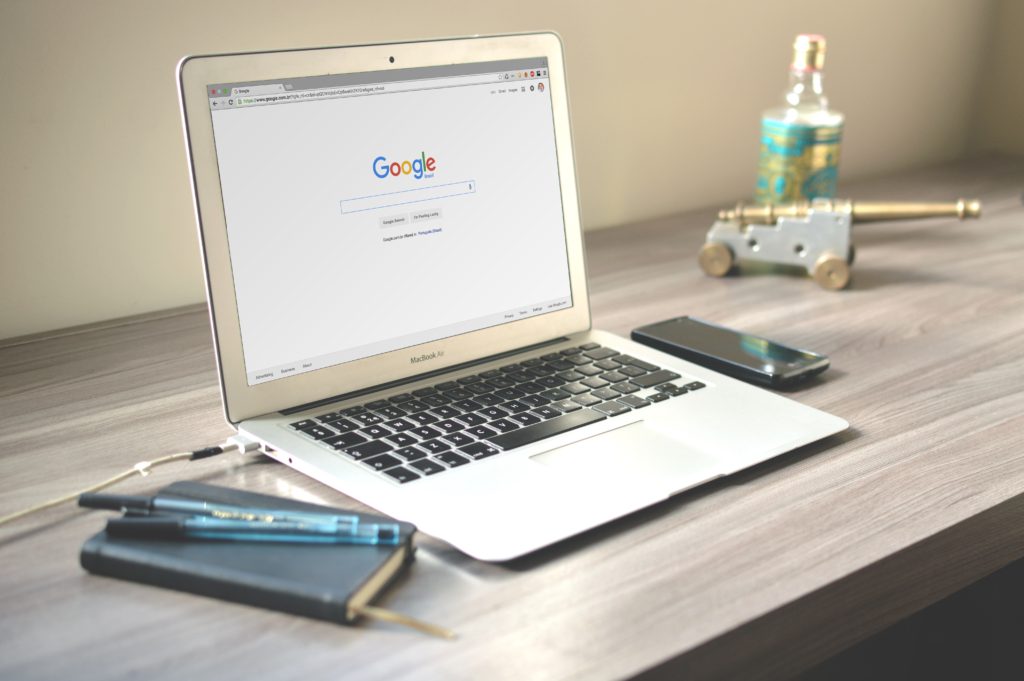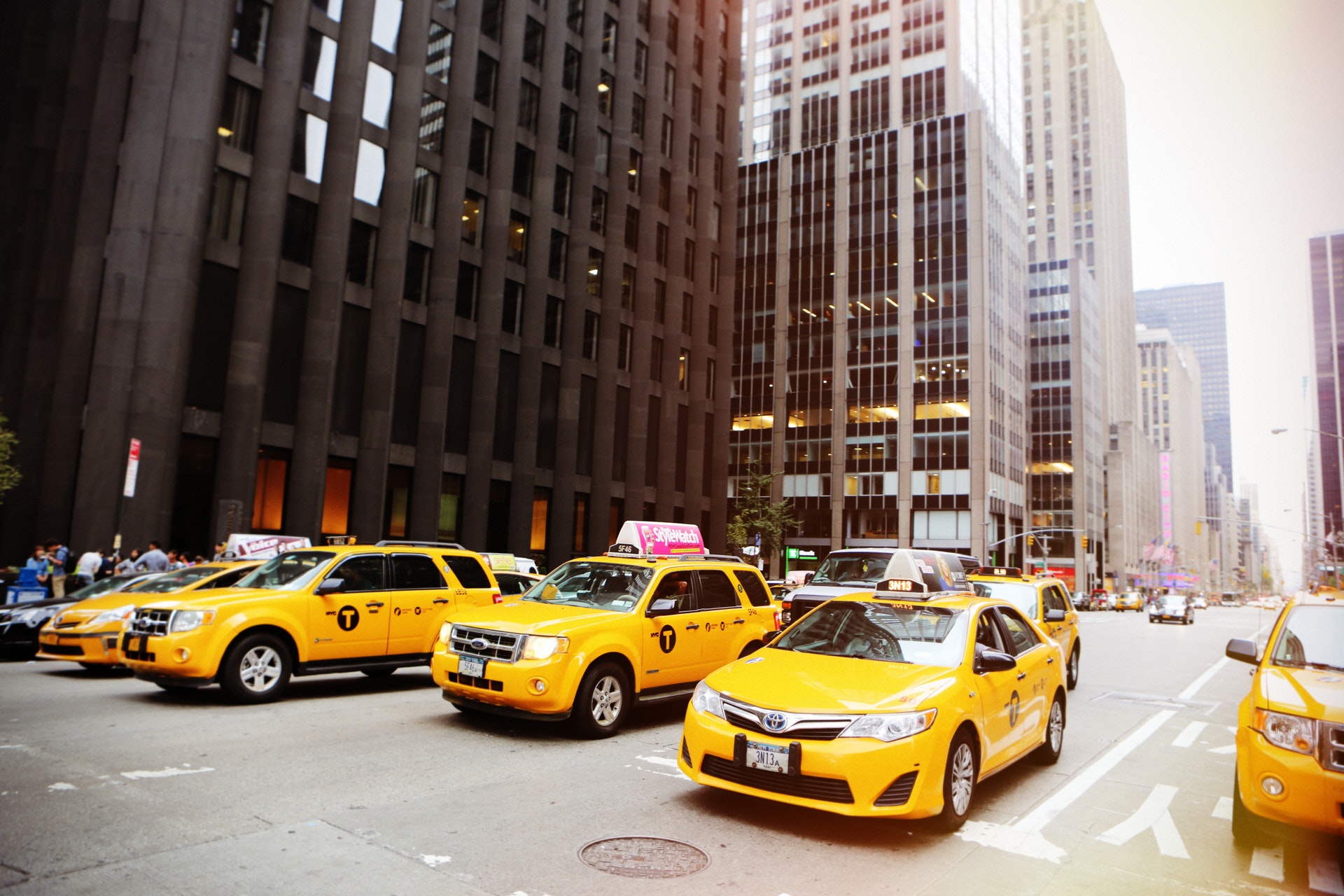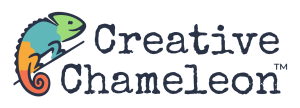Grab your cup of coffee and a notepad, because we’re going to do a deep dive into the process that many businesses find themselves rather lost in. At some point in your company’s lifetime, you’ll be needing a designer. It could be right out of the gate in hiring someone to design your logo, or maybe a year or two down the line when you want to have a website that can convert better. Perhaps you’ll need a designer to spruce up your annual report or need someone to make a killer poster to advertise your event. No matter the specifics of your situation, finding and hiring a designer is intimidating, and many people struggle with the process. So this article is going to be a guide to help you navigate the search and discovery without all the headaches.
What can you do before starting to make things easier?
The tendency is to dive right into a Google search, or hit up your network for some recommendations. Those are good courses of action, but they come later down the line. The first step for you is to define your need. If you don’t know exactly what you need, how can you know who will best fulfill it?
Define your need.
Let’s move a bit beyond the basic description. We’ll be using a logo project as the example for this article, because every business needs a logo at some point. Most people would say, “I know what I need. I need a logo.” The logo is the deliverable, but it will be more helpful if you can further define why you need that deliverable.
A good question to ask yourself is this: “Why do I need a logo?” The basic answer is every business needs a logo, but dive into it for your company specifically. Is your current logo not professional enough? Does it look too much like your competitors? Does it not match your brand? Do you not know what your brand is?
Asking yourself these questions will help you reach the WHY of your need. Then you can find the WHO for your need. Let’s say upon questioning, you realize that your logo doesn’t match your desired brand. That impacts what kind of designer you’re looking for.
Define the best solution for your need.
If you really want a logo that will match your desired brand, then you want to find a designer who understands what a brand is and how to design logos with a brand in mind. That means you’ll end up staying away from novice designers, because you’re looking for more than the skill. You want a lot of knowledge behind the skill. You’re also not going to hire a website designer to make your logo, because that’s not their area of expertise.

So maybe when you sit in front of the Google search bar, you’re going to search for brand designer instead of graphic designer. This will bring up people who are more focused on the branding side of design, instead of a general designer. You’ll now have a pool of people who are more qualified to fill your specific need.
Define your budget.
Ah, the big scary monster under the bed: prices. This is the main issue clients and freelancers alike deal with. You will help yourself and your designer by having a budget range in mind BEFORE you start shopping around. Because just like defining your solution, defining your budget will narrow down who you can hire.
Don’t just settle at figuring out the most money you’d be willing to spend. It’s obviously important to know how much money you have available, but quite often, I run into clients that go into a project thinking they want to spend $X amount, only to realize the need they have actually costs $XXX amount to solve. Your budget should factor in the value of the solution you’re seeking.
Let’s go back to our logo example. A lot of small business owners say, “I don’t want to spend more than $75 on my logo.” They have access to more money, but they’ve decided the maximum amount they want to spend, based on how much they value a logo to be. But once they’ve gone through a consultation, they realize that a logo is the most important visual element of their company. If they value their company at $100k, is $75 really the most they should spend on its logo? $75 will also severely limit the quality of designer they can hire. They’d be looking a first year design students, or designers who just aren’t good. So by limiting their budget to $75, they are limiting the quality of logo they can receive. If upon realizing the value of a logo, they realize $5,000 is a doable investment, they’ve opened the door to better, more skilled designers to craft their company’s logo. That can only lead to good things!
If you’re unsure of how much a project should cost you, find a range of designers and request proposal from them for your project. That will show you how much you need to invest for different levels of skill.
What if you’re truly in the dark?
Some people come to me and say, “I’m not sure exactly what I need.” That’s absolutely okay! If all you know is that you need something new, or something changed, that’s still a good place to start. If you don’t feel equipped to dive into the specific needs by yourself, you can find a designer who is skilled in consulting businesses and they can help you further define what exactly you require. Some designers offer a free consultation to give you a starting point in nailing down what you’re looking for.
Finding qualified designers
So you’ve nailed down the correct need you have, have figure out how much money is available, and now you’ll start compiling a list of possible designers. How do you find them, though? There’s a few channels you can use to find qualified designers.
If working with a local designer is on your priority list, start with a Google search of “designers near me.” (Or whatever identifying words will produce the best result for what your project needs.) Check out their websites, see if you like how they talk and the work they produce.

You can also find designers’ websites through places like Behance or Dribble. This is helpful in looking for specific niches. If you need an illustrator, or an animator, you can easily filter the portfolios to find designers with focuses in particular fields.
Another way of collecting options is reaching out to your network. Recommendations are a fantastic manner of vetting qualified designers. Ask your friends and colleagues who they’ve worked with.
Additional qualities to look for in a designer
Once you have a list of designers, go through their websites and narrow it down further. If you don’t like their work, or there’s something on their site that doesn’t jive with you, move on to the next. But after going through once, you’ll still probably have a list of qualified candidates. So what are other deciding factors to consider when selecting the designer to move forward with? Based on my experience in the industry and from nightmare stories from people who’ve hired bad designers, here’s a list of things to consider:
Professionalism
This isn’t to say only hire the person wearing a suit, but rather consider how the designer presents themselves. Even if you don’t meet them in person, observe how they portray themselves online. Are they someone you’re comfortable being associated with or working with? Do they take your project seriously, implementing contracts and proposals?
Experience
Don’t ignore experience, or lack thereof. Many people sacrifice experience for a lower price. That may be the biggest mistake you can make. Some people might say experience is overrated, and to some length I agree. I’ve seen designers who have 10+ years of experience, and their portfolio is riddled with rookie mistakes. I’ve seen some designers fresh out of college with a killer portfolio that is beyond their years. But in general, more experience increases the designer’s value to you. They’ve been around the block a few times, so you can avoid some of the headaches that come with new designers.
Guidance
Think of a designer as the taxi driver of your project. You tell them at the start where you want to end up, but they’re the ones navigating the roads to get you there. Do you want a driver who takes the wrong turns? Or they neglect to tell you it’ll take two hours to reach your destination, when you believe it would only take ten minutes? Hire the designer who is upfront with you and is confident in directing your project. If you feel like they avoid questions, seem unsure, or come across a bit shady, start looking elsewhere.

Communication
A designer is a visual communicator. That’s the job in a nutshell. But to do that effectively, they also need to verbally communicate well. A good designer can use their words to explain their designs, identify the core problem you need solved, and help the project stay on course. Be wary of the designer that takes days to respond to your emails, doesn’t listen to your needs, and won’t keep you in the loop.
This are the qualities beyond the quality of work to look for. Set up a time to talk with your shortlist of designers. See how they guide you through the conversation. Do they take the time to identify your needs, or just push you to say yes? Do you feel comfortable with them, or are there some red flags showing up? When selecting the final designer from a shortlist, it really comes down to who you best connect with.
Finding a designer should not be done with shortcuts or apathy. It will be an investment for your company and deserves your due diligence. And while it’s a daunting task, you can avoid many headaches by putting in the time to do it the right way.

